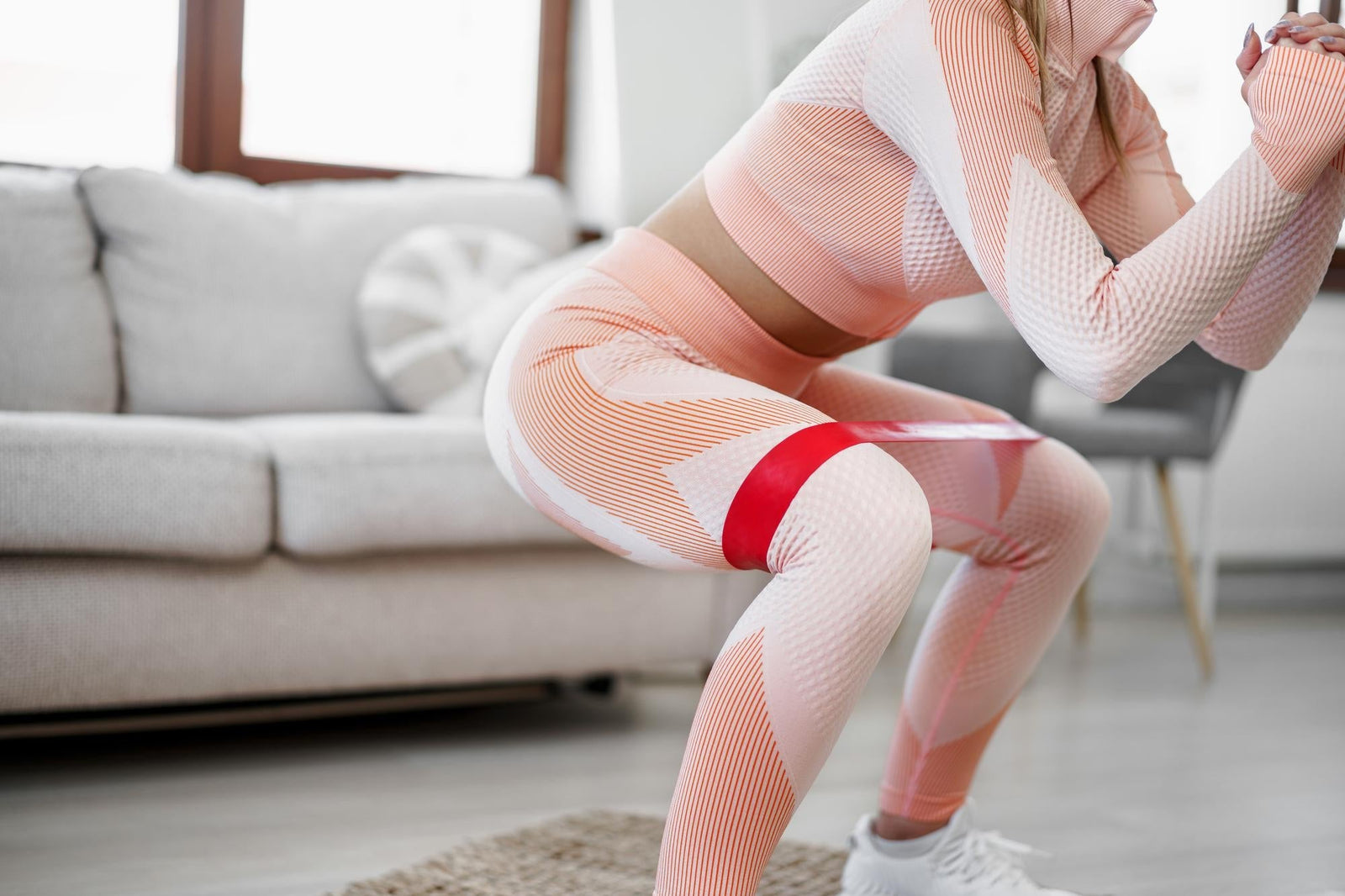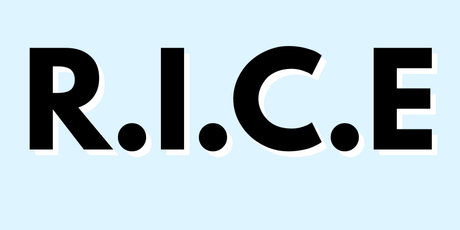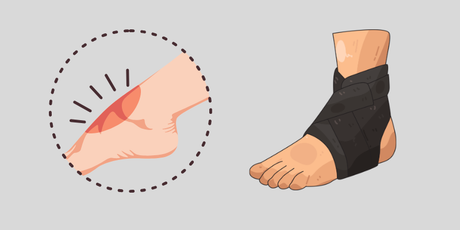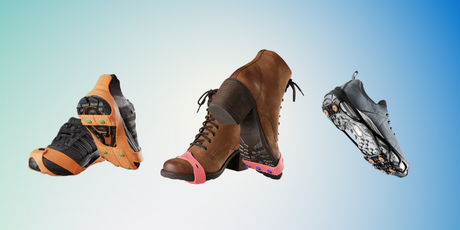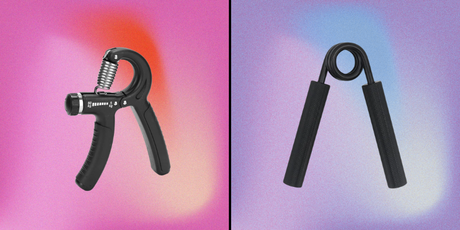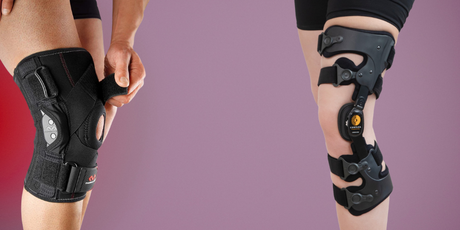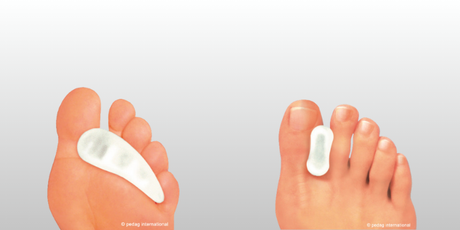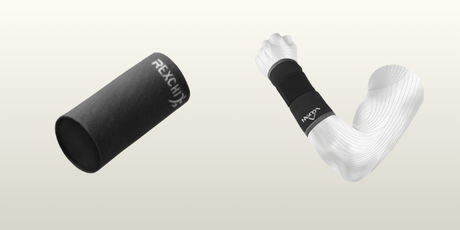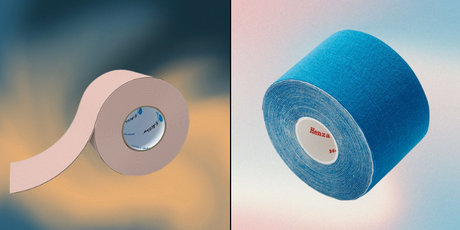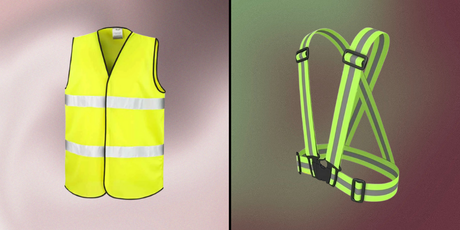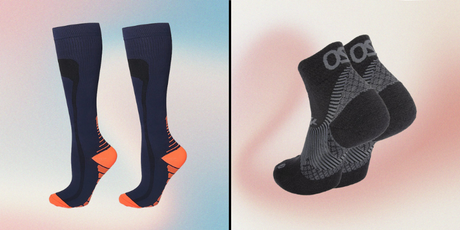A thigh injury is caused by a hard blow or jolt to the thigh muscle. For example, it can be a knee that goes into the thigh with great force during a close contact or fight. Thigh contusions are therefore relatively common in contact sports such as handball, floorball, or football. Thigh contusions cause bleeding in the muscle. It is painful but, in most cases, harmless. The first symptom is intense pain. This is followed by swelling and increased pressure in the muscle, and eventually a large bruise on the thigh. Muscle function is affected and deteriorates, making it more difficult to move the leg.
Recurrent thigh contusions result in increased scar tissue in the muscle and can lead to calcification of the scar tissue and ossification of the muscle. With increased scar tissue, muscle function may deteriorate further, and the risk of recurrent thigh contusions or other injuries in the same area increases.
WHAT IS THE HEALING TIME FOR A THIGH CONTUSION?
The healing time for a thigh contusion is 1-2 months, and in addition to resting the injured muscle, you may also need a support bandage when you start training again.
CAN YOU TRAIN WITH A THIGH CONTUSION?
Within 48 hours of the injury occurring, there is bleeding inside the muscle. You should stay still to keep your circulation as low as possible. So the answer is that in the acute phase, you should avoid exercise, stretching, massage, or other activities that increase blood circulation in the area affected by the contusions.
TREATMENT OF THE THIGH CONTUSION
When the injury is acute, pressure bandages are used, and the thigh is placed in a high position. Press the back of the thigh and the calf together, with the knee bent as much as possible, and wrap with a compression bandage for the first 24 hours. Relief with crutches is good. Continue using compression bandages for the next 24 hours.
After the acute injury, a warming thigh protector can support the thigh and at the same time help to effectively soften the muscle and contribute to increased compression and flow in the injury area, which facilitates healing.
REHABILITATION AFTER A THIGH CONTUSION
Rehabilitation of the contusions is started as soon as the acute injury has settled, preferably using a programme designed by a physiotherapist.
RETURNING TO NORMAL EXERCISE AFTER A THIGH CONTUSION
When resuming sporting activities, a protective bandage that marginally covers the site of the injury should be worn for the first time, usually for the rest of the season. It takes from two days up to ten weeks before sports activities can be resumed, depending on the extent of the injury and the first aid treatment given.
A useful guide is that the thigh muscle is sufficiently healed and ready for full weight bearing when 120° of knee flexion can be achieved, and there is no sign of weakness or muscle loss.
